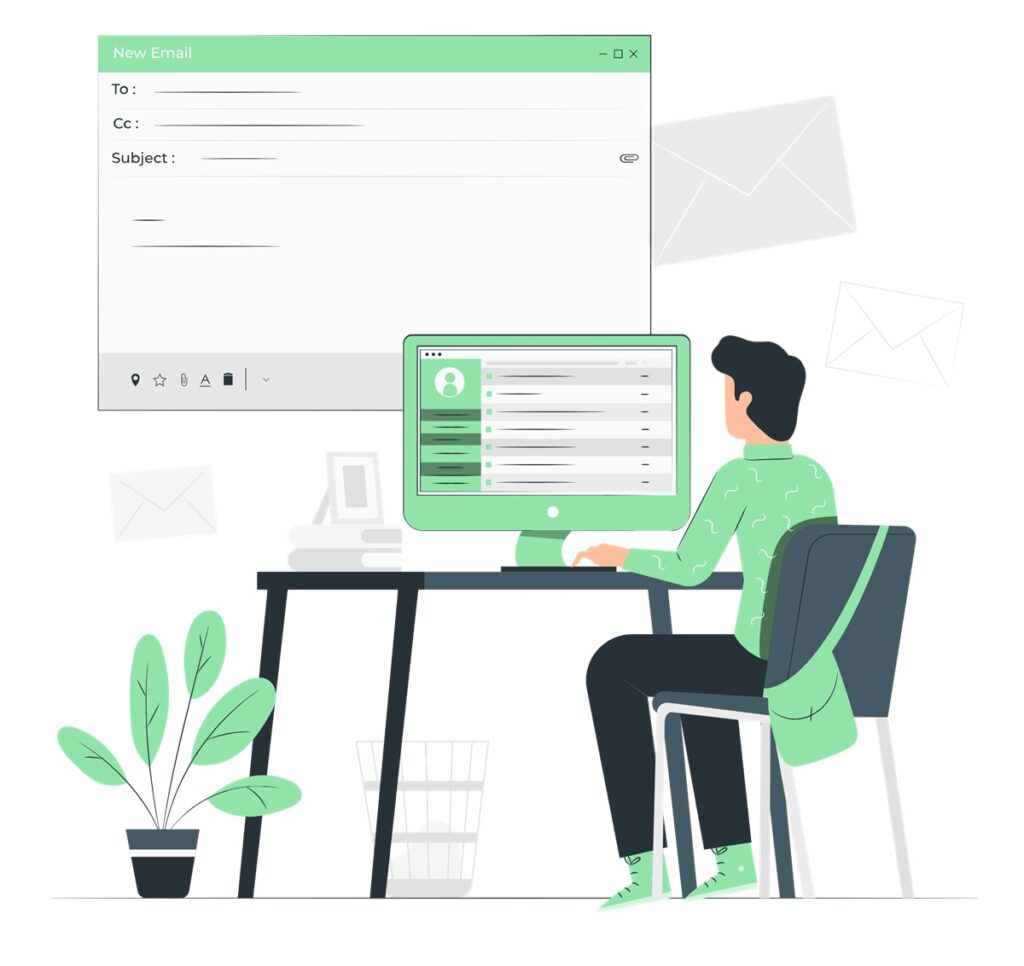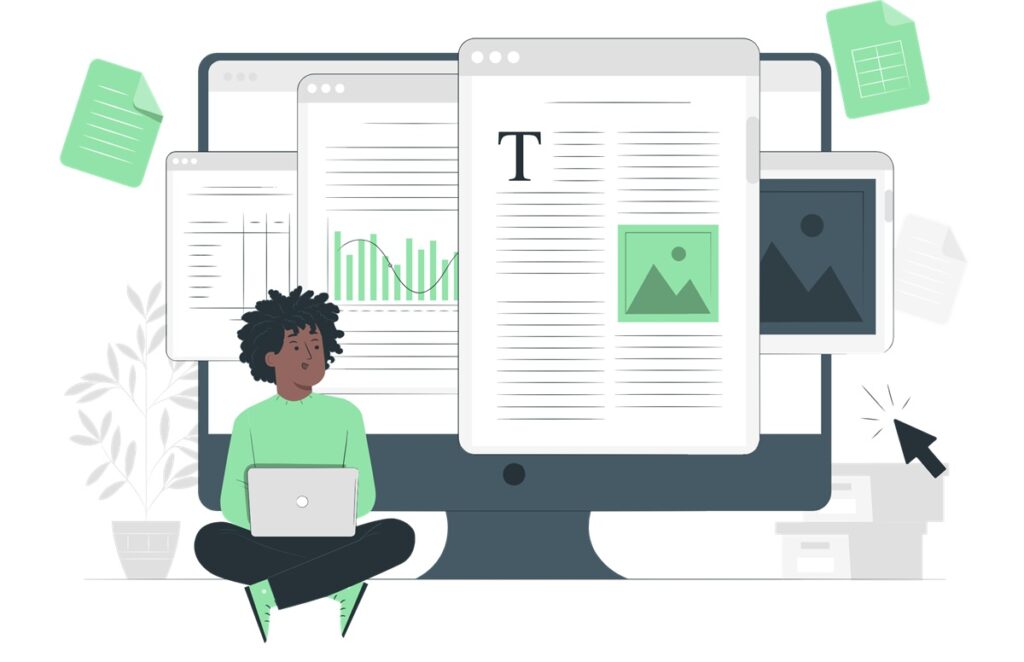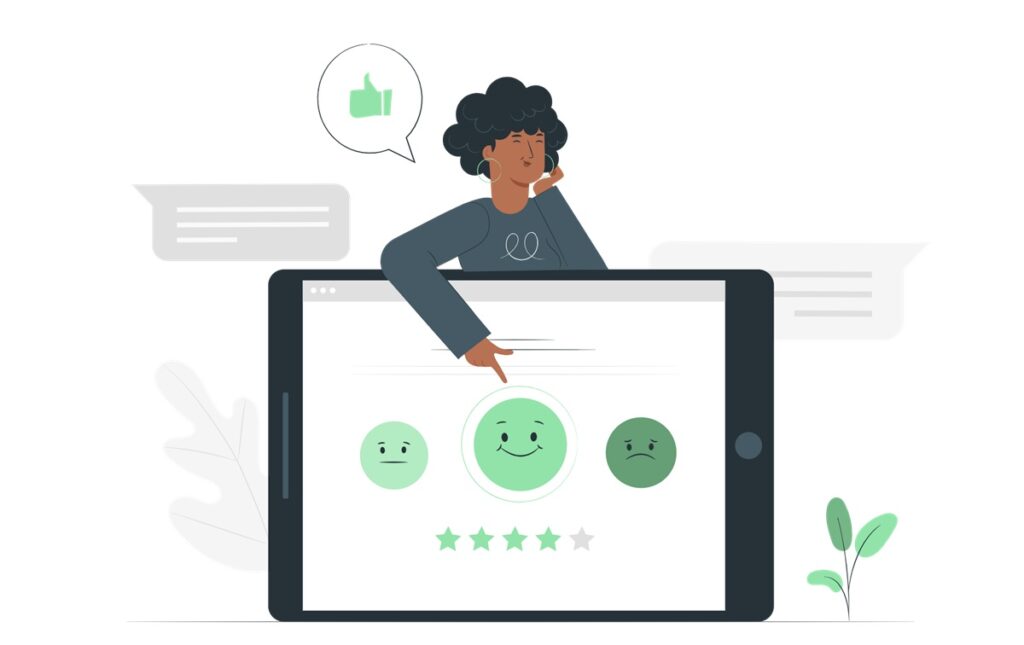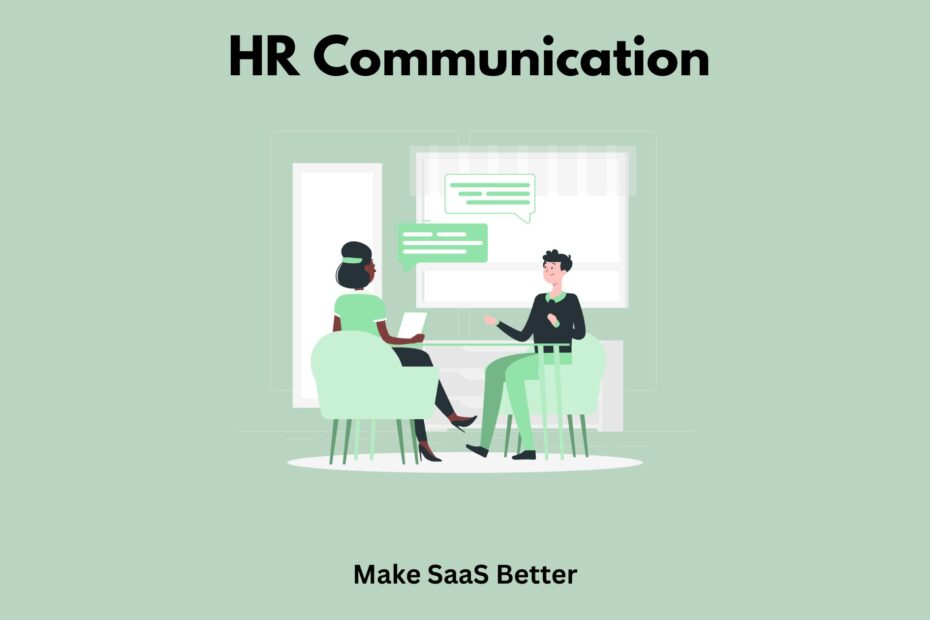The business world shifts fast. What worked yesterday won’t cut it today. HR communication isn’t just about sending emails anymore. It’s the lifeblood of a functioning company, the unseen force that holds everything together or lets it unravel.
Recent data paints a clear picture: 90% of organizations recognize retention as a top priority. Why? Because people stay 2.7 times longer when their work feels meaningful. They engage 2.2 times more when they feel proud. Communication drives that feeling. It’s not just a soft skill; it’s a strategic weapon. A 5% jump in employee engagement can mean a 3% jump in revenue. That’s real money, directly tied to how well you talk to your people and how well you listen. Ignore it at your own risk.
What Is HR Communication?
HR communication is the exchange of information between the HR department and employees. It’s a two-way flow. Think of it like the body’s nervous system. It carries vital messages from company policies and benefits down to the individual. It also brings feedback and concerns back up. This constant back-and-forth ensures everyone stays on the same page.
It’s how HR talks about performance, career growth, company changes, and even simple things like vacation policies. It’s how employees understand their place, their value, and their path within the company. Without it, confusion sets in. Decisions get missed. And the company loses its way.
Why Is HR Communication Important for an Organization?
Good HR communication builds a strong company from the inside out. When HR talks clearly and listens well, employees feel connected. This connection leads to higher job satisfaction and less friction. It aligns everyone. When people understand the company’s goals and their part in achieving them, they work smarter.
It reduces conflict because everyone operates with the same information. It helps keep good people. Employees don’t leave good companies; they leave bad communication. It also shapes the company culture, making it a place where people want to be, not just a place they have to be. A clear line of communication reduces turnover, which saves money and time.
Types of HR Communication
1. Downward Communication
This is information going from HR or leaders down to the staff. It brings clarity and direction. Think of new policies, company news, or leadership changes. It makes sure everyone gets the same message, direct from the source. An email about a new parental leave policy is an example.
2. Upward Communication
This is staff talking to HR or leaders. It’s about listening and understanding. Staff surveys, feedback, or talks with HR are examples. This gives people a voice. It helps HR know what’s working and what’s not. It stops small problems from growing big.
3. Horizontal Communication
This happens between people at the same level. It’s about working together. Think of teams chatting on a platform about a project, or colleagues sharing ideas. This kind of talk speeds up work. It builds stronger bonds between team members. It’s key for good team communication.
4. Diagonal Communication
This talk crosses departments and levels. A junior marketing person talking to a senior HR manager about a campaign’s HR needs is one example. It breaks down walls. It helps different company parts work well together. This is true for projects that involve many groups. It makes a company more connected.
What Are the Challenges of HR Communication?
1. Information Overload
Too much information is as bad as too little. Employees get buried in emails, messages, and announcements. Important stuff gets missed. It’s like trying to drink from a firehose. This leads to burnout and a general disregard for messages, even crucial ones.
2. Lack of Feedback
If communication is a one-way street, it fails. When employees don’t have a way to respond, ask questions, or voice concerns, they feel ignored. This leads to disengagement. People stop caring if their input is never heard or acted upon. A true communication breakdown happens.
3. Inconsistent Channels
When HR messages come from different places—email, intranet, a physical bulletin board, a quick chat—it gets confusing. Employees don’t know where to look for reliable information. This creates chaos and missed messages.
4. Language Barriers and Clarity
Jargon and complex language kill understanding. HR often uses specific terms that employees outside the department don’t understand. When messages aren’t clear or include too much “corporate speak,” people misinterpret things. This can lead to frustration and mistakes. Oral communication can suffer here if not delivered clearly.
5. Building Trust
HR sometimes has a reputation for being closed off. If employees don’t trust HR, they won’t believe the messages, no matter how well-crafted. This lack of trust makes all communication harder. Transparency is key here.
How to Build an Effective Strategy for HR Communication?
1. Set Clear Objectives
Before you send any message, know why you’re sending it. What do you want employees to do or understand? Do you want to increase participation in a new training program, or simply inform them about a change in benefits? Measurable goals help. For example, aim for 75% attendance at monthly all-hands meetings, not just “better communication.”
2. Know Your Audience
Not everyone gets information the same way. A frontline worker might need a quick, mobile-friendly alert. A desk-based employee might prefer an email. Segment your audience. Understand their roles, locations, and preferred ways to get information. Ask them what works best. This personalization, like that seen in effective brand communication or marketing communication, makes messages stick.
3. Audit Existing Channels
Look at what you already use: emails, chat tools, town halls, and physical notice boards. What’s working? What’s not? Are employees reading those newsletters? Are they ignoring the emails? Don’t add new tools just because they’re shiny. Improve what you have first.
4. Centralize Information
Give employees one reliable place to find HR information. An intranet or a dedicated HR portal works well. When everything is in one spot, it cuts down on confusion and “where do I find that?” questions.
5. Encourage Two-Way Communication
Create spaces for dialogue. Surveys, anonymous feedback forms, and town halls with Q&A sessions. Show that you listen and act on feedback. This builds trust and makes employees feel heard. It prevents a communication breakdown.
6. Create a Communication Schedule
Plan out your messages. Don’t just send things randomly. A consistent schedule for regular updates, policy changes, and important announcements helps employees know what to expect and when. This structured approach helps manage information flow.
The Benefits of Implementing an HR Communication Strategy
1. Builds Trust and Transparency
When HR communicates openly and honestly, employees feel more secure. They know what’s happening and why. This trust makes a big difference in a company’s culture. Increased transparency means less speculation and more understanding.
2. Better Employee Engagement
Engaged employees are productive employees. When people feel informed and involved, they care more about their work and the company’s success. Clear communication makes them feel part of something bigger. Studies show companies with strong communication see 4.5 times higher talent retention.
3. Higher Employee Satisfaction and Retention
People are happier when they know what’s going on and feel heard. This happiness means they stay longer with the company. Good HR communication is a key factor in keeping your best people. Organizations with good internal communication report 29% higher employee retention.
4. Improved Productivity
When goals are clear and everyone understands their role, work gets done faster and better. Communication cuts down on confusion and wasted effort. It helps teams align on priorities. A clear message means less time figuring things out and more time doing.
5. Stronger Company Culture
Communication shapes how people feel about their workplace. A strategy that values open dialogue and clear messages creates a positive, supportive culture where people can thrive. This builds strong corporate communication from the inside out.
6. Conflict Prevention
Many workplace issues start with misunderstandings. Clear and consistent communication from HR can prevent these issues before they turn into full-blown conflicts. Everyone knows the rules and expectations. This proactive approach saves headaches and resources.
HR Communication Tools You Need to Explore
Good HR communication isn’t just about what you say, it’s about how you say it, and where. The right tools make all the difference. They can turn chaos into order and silence into connection. Think of them as the gears in your communication machine.
1. Internal Communication Platforms

These are the digital town squares of your company. They give everyone a central place to connect, share news, and talk. They often come with features like news feeds, employee directories, and instant messaging. This creates a hub for all your team communication.
Examples:
- Slack: Known for its channels, which organize conversations by topic or team. It’s great for quick messages, file sharing, and integrates with many other tools.
- Microsoft Teams: A strong competitor, especially if your company already uses Microsoft products. It combines chat, video calls, file storage, and app integration.
- Workvivo / Staffbase: These platforms often focus on employee engagement, offering personalized news feeds, mobile access for deskless workers, and ways for employees to share their content.
2. Email

The old reliable. Email still holds its ground for formal announcements, personalized messages, and sharing documents that require a detailed record. It’s a universal language in the business world. But use it wisely. Too much email leads to ignored messages.
Examples:
- Outlook: A standard in many corporate environments, integrated with calendars and other business tools.
- Gmail: Widely used for its simplicity and cloud integration, good for quick, informal messages or sharing documents.
3. Intranet

Think of an intranet as your company’s private website. It’s a centralized place for all HR policies, company handbooks, important forms, and general knowledge. It saves countless questions and ensures everyone has access to the official version of information. It acts as a knowledge base.
Examples:
- SharePoint: Microsoft’s offering for document management and collaboration, often used to build company intranets.
- Confluence: A popular tool for teams to create, organize, and discuss work, functioning well as an internal wiki or knowledge base.
- Jostle: Focuses on employee engagement and making information easy to find within the company.
4. Video Communication Tools

In today’s hybrid and remote world, seeing faces matters. Video communication tools bring that human element back. They’re good for company-wide meetings, training, and one-on-one conversations where non-verbal cues are important. A study showed that 93% of communication is non-verbal. Video bridges that gap.
Examples:
- Zoom: A widely recognized tool for video conferencing, known for its ease of use for meetings and webinars.
- Google Meet: Google’s video conferencing solution, integrated with Google Workspace.
- Microsoft Teams (with video calling): Offers robust video calling features as part of its all-in-one communication platform.
5. Employee Survey Tools

You can’t communicate effectively if you don’t listen. Employee survey tools are built for getting feedback, measuring how people feel, and understanding what employees need. They are essential for upward communication. This is how you take the pulse of your organization.
Examples:
- SurveyMonkey: A versatile tool for creating various types of surveys, from quick polls to detailed questionnaires.
- Typeform: Known for its clean, engaging interface that makes surveys feel less like work.
- Officevibe / Leapsome: These platforms specialize in employee engagement, offering pulse surveys and continuous feedback mechanisms to track morale and satisfaction over time.
6. HR Information Systems (HRIS)

An HRIS is the backbone of your HR operations. It manages all employee data, from onboarding documents to payroll information and performance reviews. Many modern HRIS platforms now include built-in communication features, letting HR send targeted messages or updates directly through the system. This centralization can prevent information silos.
Examples:
- BambooHR: Popular for small to mid-sized businesses, it offers features for applicant tracking, onboarding, time off, and some internal communication capabilities.
- Workday: A comprehensive cloud-based HRIS for larger enterprises, covering everything from payroll and benefits to talent management and internal communication.
- PeopleForce: An all-in-one HR platform that often combines recruitment, core HR functions, and communication features. These systems might even have elements similar to customer communication management, but focused internally, for employee queries and updates.
Conclusion
Here’s the deal: HR communication isn’t just a department function. It’s the engine of your company. You can have the best products, the smartest people, but if they aren’t connected by clear, honest talk, everything falls apart. Think of it like a poorly wired house. Lights flicker, appliances fail. Eventually, the whole thing goes dark. Your business is no different.
When you get HR communication right, people stick around. They work harder. They believe in what they’re doing. It means fewer headaches for you and more money in the bank for the company. Ignore it, and you’re building on sand. Master it, and you’ve got a rock-solid foundation for growth, no matter what the market throws at you.
